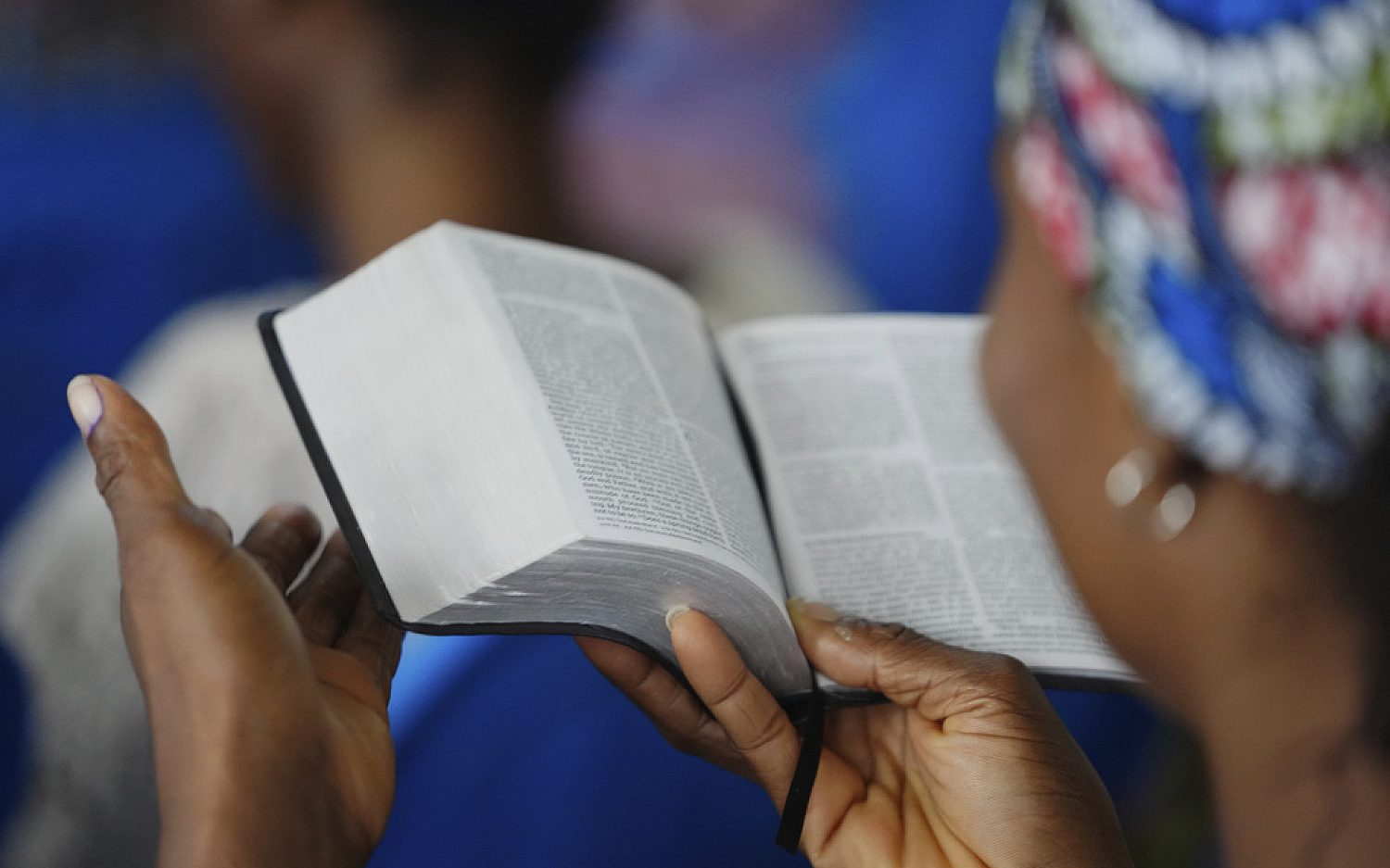Irony in Dallas: Complaints against police at 20-year low
Claims of excessive force dropped dramatically in the months before attacker struck down five officers
In the hours before at least one sniper shot and killed five Dallas police officers during a stunning ambush Thursday night, demonstrators marched peacefully and mingled cordially with officers patrolling the downtown streets.
It was one of several demonstrations in cities across the country, where hundreds gathered to protest the recent shooting deaths of two black men by police officers in Louisiana and Minnesota.
Earlier in the evening, the Dallas Police Department tweeted a photo of a demonstrator smiling with police in a crowded park. The protester carried a sign reading: “No Justice, No Peace,” but he looked at ease with the officers on duty.
It was one of the tragic ironies of the horror that followed: Shootings by police officers in Dallas have dropped by 40 percent in the last year. And complaints of excessive force dropped to a nearly 20-year low. (In 2009, the department recorded 147 complaints. Near the end of last year, it reported 13.)
Last fall, Chief David Brown said police accomplished the feat by focusing on reality-based training: Trainers simulate real-life exchanges recorded by officers’ dashboard and body cameras, and with video captured by citizens. They aim to teach officers to de-escalate tense encounters and reduce the need for deadly force.
Brown told The Dallas Morning News the results were “the most dramatic development in policing anywhere in the country.”
Other factors likely contributed to the decline in excessive force as well. Some police said a drop in the number of officers limited their ability to get to crime scenes in time to intervene in some cases, and Brown acknowledged the dilemma. At least one criminologist told the newspaper a more formal study might show how much the training affected the statistics.
Still, at least one thing seemed clear: The Dallas PD was actively trying to improve its record on shootings and on community relations, and it was having some success.
No police department is perfect, but even in its extreme grief, the Dallas PD may offer an example for other departments grappling with officers involved in a rash of controversial shootings.
In Baton Rouge, La., federal authorities are investigating the death of Alton Sterling, a black man shot multiple times by police officers on Tuesday.
In Minnesota, a police officer shot Philando Castile five times in his car after pulling him over for a traffic stop. Castile’s fiancee—sitting in the passengers’ seat—caught the aftermath on video. Castile was a cafeteria supervisor at a local elementary school. Outside the school, parents grieved his death and a somber dad held a sign: “Mr. Phil fed my children.”
Back in Dallas, police said the gunman told them he targeted officers on Thursday night because they were white, and because he was upset by the recent shootings in other states.
Brown struggled for a response: “Our profession is hurting. Dallas officers are hurting. We are heartbroken. There are no words to describe the atrocity that occurred to our city. All I know is that this must stop, this divisiveness between our police and our citizens.”
An actual newsletter worth subscribing to instead of just a collection of links. —Adam
Sign up to receive The Sift email newsletter each weekday morning for the latest headlines from WORLD’s breaking news team.





Please wait while we load the latest comments...
Comments
Please register, subscribe, or log in to comment on this article.